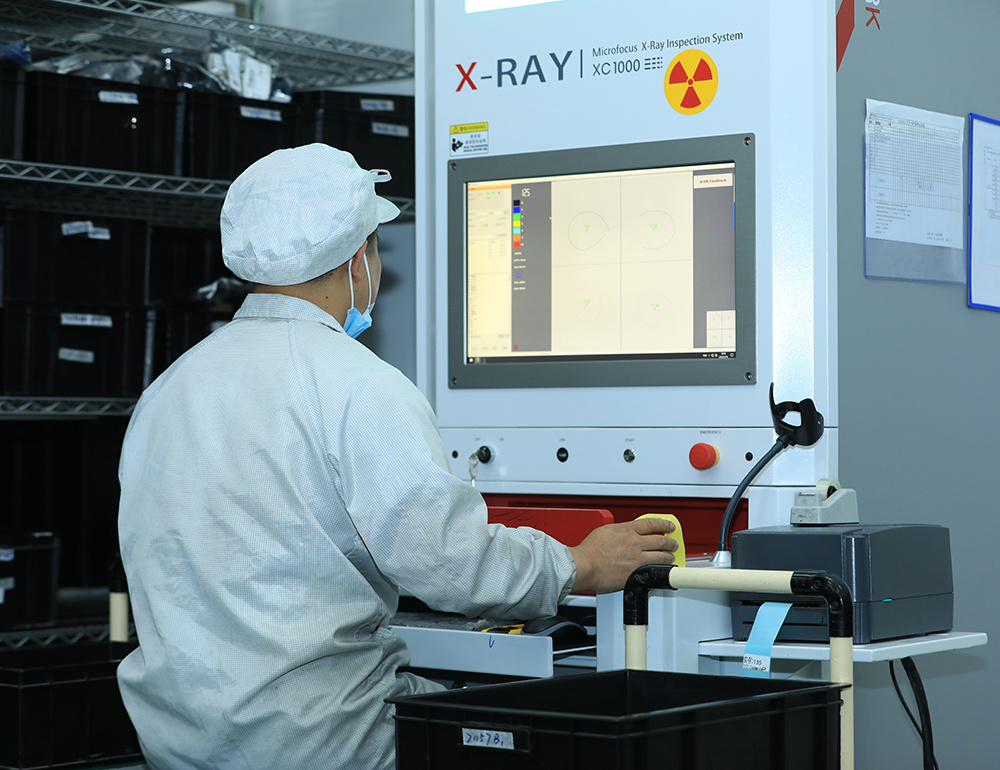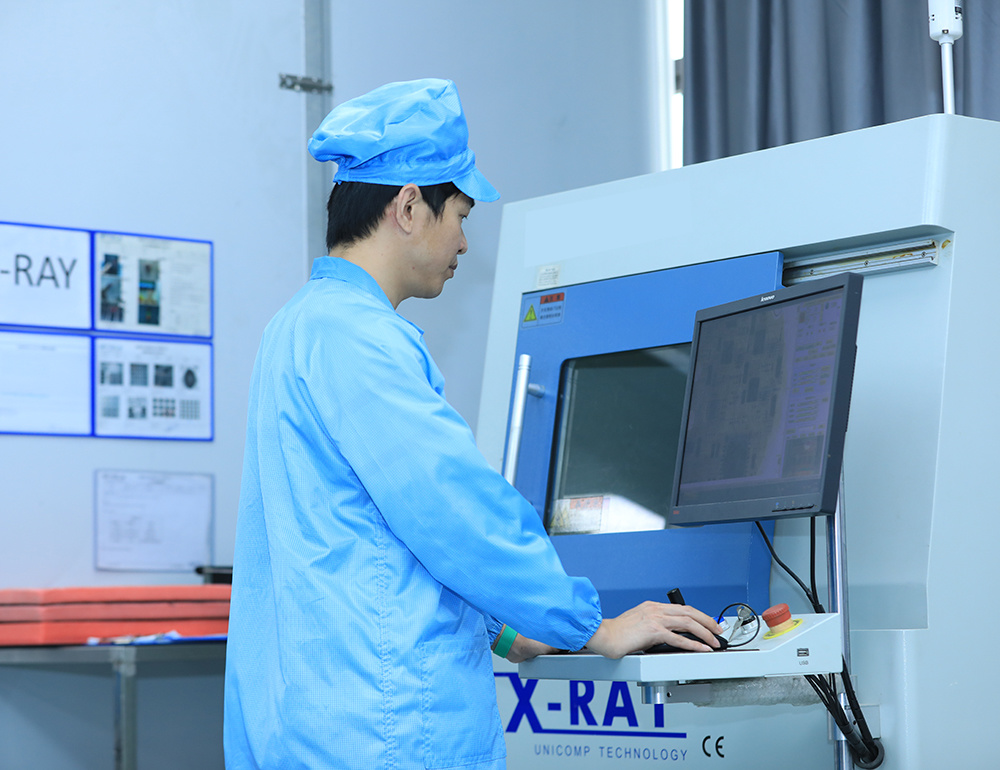
Process capability is a statistical measure that quantifies the ability of a process to consistently produce output within specified limits. It provides information about the extent to which a process is capable of meeting customer requirements.
Process capability is typically represented by two key indices: Cp and Cpk. Cp measures the capability of a process to produce output within the upper and lower specification limits, while Cpk measures the capability of a process to produce output, taking into account any deviation from the target value. These indices are calculated using process data and statistical analysis.
To calculate Cp, the process standard deviation (σ) is divided by half of the specification width (USL - LSL). A Cp value greater than 1 indicates that the process is capable of meeting the customer specifications, while a value less than 1 indicates that the process may produce output outside the specified limits.
Cpk takes into account the deviation from the target value. It is calculated by comparing the distance between the process mean (μ) and the nearest specification limit with three times the process standard deviation. A Cpk value greater than 1 indicates that the process is centered within the specification limits and capable of meeting customer requirements, while a value less than 1 indicates that the process is not centered or may produce output outside the specified limits.



Process capability analysis helps organizations determine if their processes are capable of consistently producing output that meets customer requirements. It allows them to identify areas of improvement and make necessary adjustments to improve process performance.
There are several benefits of process capability analysis. It helps organizations reduce variability, minimize defects, and improve customer satisfaction. By understanding the capability of their processes, organizations can set realistic targets and make informed decisions about process improvements.
Process capability analysis can be conducted using statistical software or tools like control charts, histograms, and process capability plots. It requires collecting process data over a period of time and calculating the required statistics. Ideally, the data should follow a normal distribution for accurate analysis.
However, there are limitations to process capability analysis. It assumes that the process is in a state of statistical control and that the process data follows a normal distribution. If these assumptions are not met, the analysis may provide misleading results. In such cases, alternative statistical methods may be required.
In conclusion, process capability analysis is a valuable tool for organizations to assess the ability of their processes to consistently produce output that meets customer requirements. It provides insights into process performance, identifies areas for improvement, and helps organizations make informed decisions to enhance process capability and customer satisfaction.

Service hotline:

Switchboard:

Fax:
+86-020-82515991

Email:
Copyright @ 2022 Guangzhou Sabo Electronic Technology Co., Ltd.














